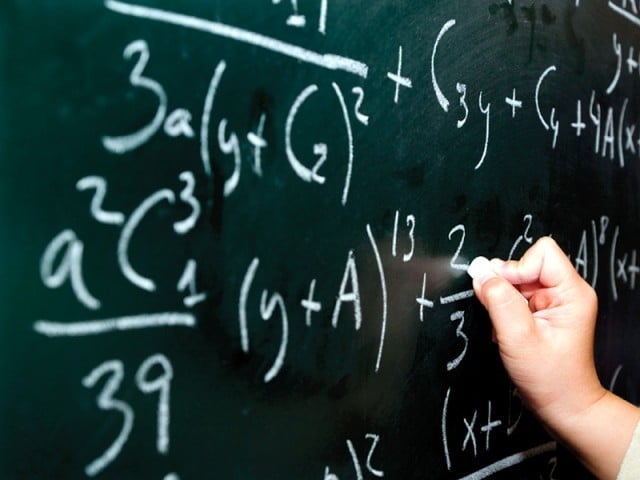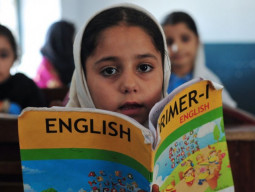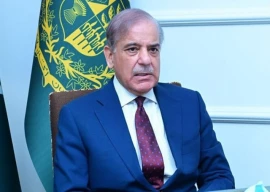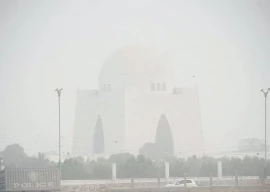
Education is frequently featured in these columns, rarely in any positive sense. Of all the deficits that are evident, not only in the current government but every government since Partition, it is the neglect of primary and secondary education that is and has been the greatest impediment to national development. No other single factor has done as much to hold back Pakistan from achieving its potential. Today, there is a poorly educated majority of the population, which is unprepared in virtually every way to join the ‘knowledge economy’. Every other deficit links back in some way to education or the lack of it. Educational poverty has created a workforce that has skills more suited to an agro-pastoral economy than a techno-industrial, and by most objective measures educational development is either flat-lining or in descent wherever one looks.

Alif Ailaan is an educational campaigning group that was established in early 2013 and seeks to place education squarely at the front and centre of public discourse. Its aim is to ultimately get every boy and girl into school, keep them there, and ensure that they receive a quality education. They have a considerable mountain to climb if their most recent report is any measure. The report assesses the performance of MNAs and MPAs in respect of education against four benchmarks — the state of school facilities, the state of gender parity, the student/teacher ratio and the retention of students between class II and class IV.
The wealthiest province, Punjab, scored a ‘B’ on the report card with slow improvement in education, but the result is not uniform. In Lahore, just 11 out of 25 constituencies got a ‘B’ grade or better. In south Punjab, there are a total of 14 ‘A’ grade constituencies, but PP-159 represented by the chief minister, gets a ‘B’. Overall, 59 per cent of constituencies in Punjab got a ‘B’ or better. Turning to the 297 provincial assembly constituencies, a miserable 18 were found to have made “substantial progress” since the general election of 2013, and there was a measurable deterioration in the education infrastructure of Muzaffargarh and Sialkot, but on a positive note there had been a general improvement in the student/teacher ratio provincewide.
The National Assembly proved to be a poor performer. There are 272 elected MNAs and only three of them were able to score an ‘A’ in the constituencies they represent, able to display tangible progress since they were elected. All the other MNAs scored a ‘B’ or ‘C’ against the four parameters outlined above. Overall, the National Assembly scored a ‘C’. To quote directly from the report, “Every MNA in the country is performing below par.” Of the small number who received an ‘A’, none of them would send any of their children to a government school which in itself is a damning indictment of the state of education nationally. Small wonder that the private education sector is booming everywhere. Slightly ironically, there are more girls getting into government education, their parents preferring to educate their sons better privately and curse their girls with a second rate education that disadvantages them from the outset.
With education now a provincial rather than completely a federal responsibility, it is apparent that what uniformity there was prior to the 18th Constitutional Amendment, is at best fraying at the edges and at worst, crumbling. That said, MNAs can and should play a role in striving for better education outcomes. They are able to influence, sometimes very strongly, political priorities in a constituency if only because many of them are umbilically linked at the provincial level by the ties of family and nepotism. There will be no reform in education until the apex elected members decide to put their shoulder to the wheel, and thus far they are found to be half-hearted at best. Alif Ailaan has laid bare the politics of education and it is not a pretty sight. We hope for a better report card when it repeats the exercise.
Published in The Express Tribune, November 21th, 2015.
Like Opinion & Editorial on Facebook, follow @ETOpEd on Twitter to receive all updates on all our daily pieces.
















































COMMENTS (1)
Comments are moderated and generally will be posted if they are on-topic and not abusive.
For more information, please see our Comments FAQ